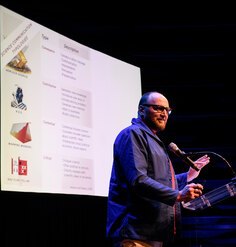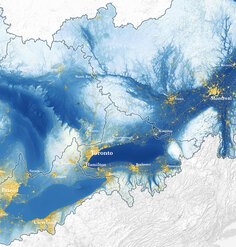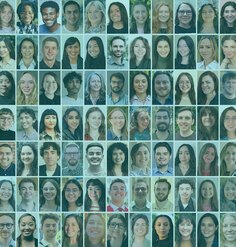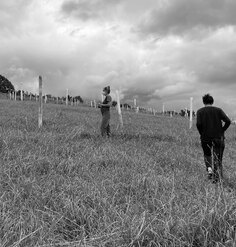Olmsted Scholar Feature: Revitalizing Colón, Panama's Second City
By Kendra Hyson, 2015 University Olmsted Scholar
Located 64 kilometers (40 miles) north of Panamá City, lies Colón - Panamá’s “Second City” and the Atlantic port entrance to the Panamá Canal. Originally commissioned as a way station to California during the gold rush, Colón is the Atlantic terminal entrance to one of the world’s most important trade routes. Colón has and continues to act as a hub of trade for the country and embodies a distinct cultural connection to the African diaspora that makes this city a notable piece in the Panamanian mosaic. Formerly a marsh coral island that has since been infilled, Colón illustrates an eclectic blend of architectural styles reminiscent of the city’s development and history as a conduit for international trade.
Politically and domestically Panamá is enjoying a time of prosperity with improved infrastructure and peaceful democracy. Yet, despite the country’s positive growth and the success of the Colón Free Zone (CFZ), the city of Colón still struggles to keep up with neighboring Panamá City. Racial discrimination, corruption, drug-related violence, extreme disparities of wealth, perennial flooding, and failing infrastructure are consistent challenges affecting the city of Colón and, more importantly, the people. Great prospects for successful revitalization of the city’s infrastructure and economy exist for Colón, if only given the attention and investment it deserves.
With an emphasis on connectivity, economic viability, green infrastructure and cultural resilience, my culminating master’s report attempted to develop a revitalization strategy for the city with the hopes of providing Colón with the opportunities evident in the thriving Panamá City. This project sought to demonstrate the immense impact of landscape architectural practices and strategies on the multilayered challenges that urban environments are met with daily, highlighting a few of the tools necessary for Colón to ultimately enhance its livelihood and quality of life for residents and visitors.
The final master plan showcases a pedestrian only promenade and anchoring waterfront on the western coast of the peninsula, allowing for increased connectivity, safety and walkability through the center of the city. The western waterfront and existing cruise ship terminal provide fixed amenities at either end of the corridor, encouraging greater pedestrian traffic east/west. The promenade bisects a large “conjunto” or housing project in the city that is currently plagued with crime and dilapidated infrastructure. Improved housing and outdoor space for existing residents were provided for in the master plan, along with an arts district, outdoor gallery, splash pad, gardens and other flexible spaces to aid in the city’s revitalization.
The broad strokes of design applied in this project will hopefully inspire deeper exploration of Colón, ultimately supporting efforts to improve the city and, more importantly, the lives of the people who call it home. Colón has a rich history and wealth of culture that needs and deserves protection. The design interventions suggested in this project have only just begun to scratch the surface of what could be done in Colón.
To see the full Second City - Leveling the Playing Field: An Urban Revitalization Plan for Colón, Panamá, visit: http://issuu.com/khyson/docs/secondcitylevelingtheplayingfield-p/1
Kendra Hyson completed her Master of Landscape Architecture from the University of Arizona in May. She recently relocated to her hometown of Washington, DC to pursue her career in landscape architecture. Currently, she works for the District of Columbia Department of Parks and Recreation developing educational programming geared towards enhancing youth interest in sustainable design.











